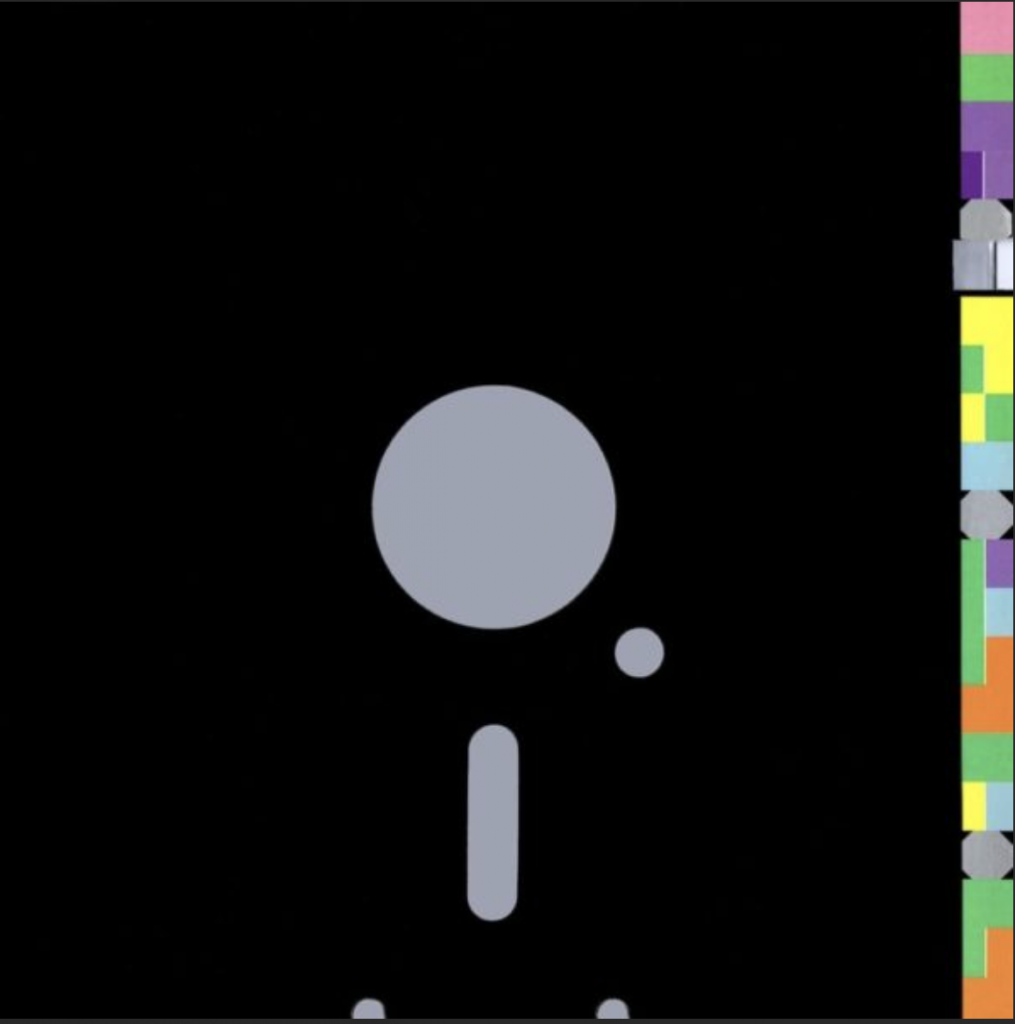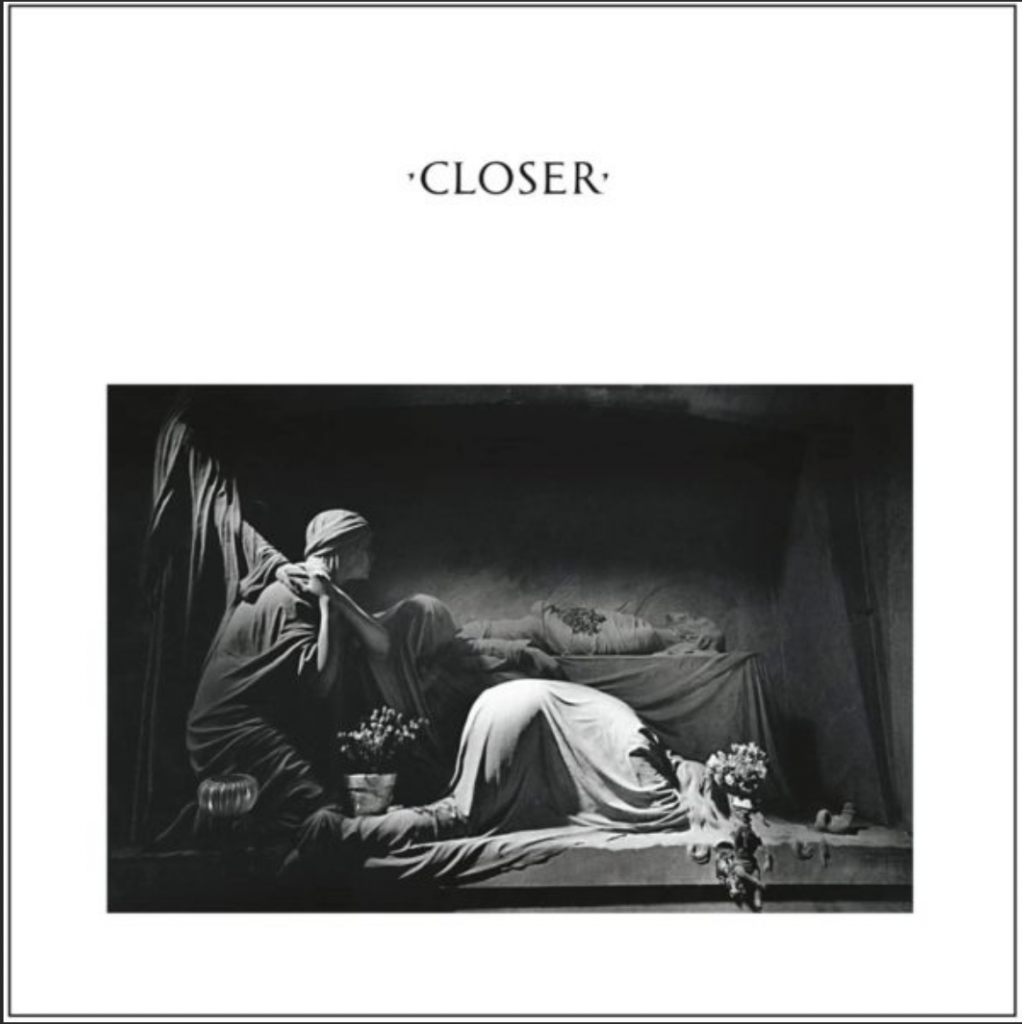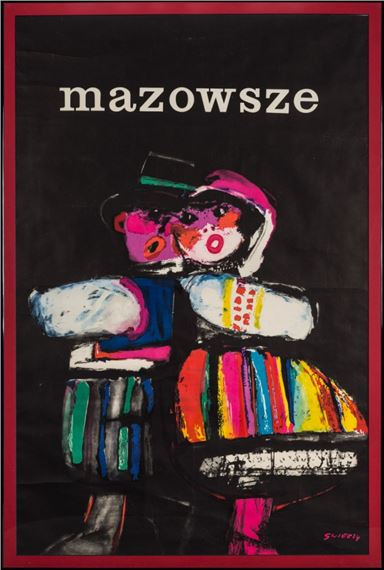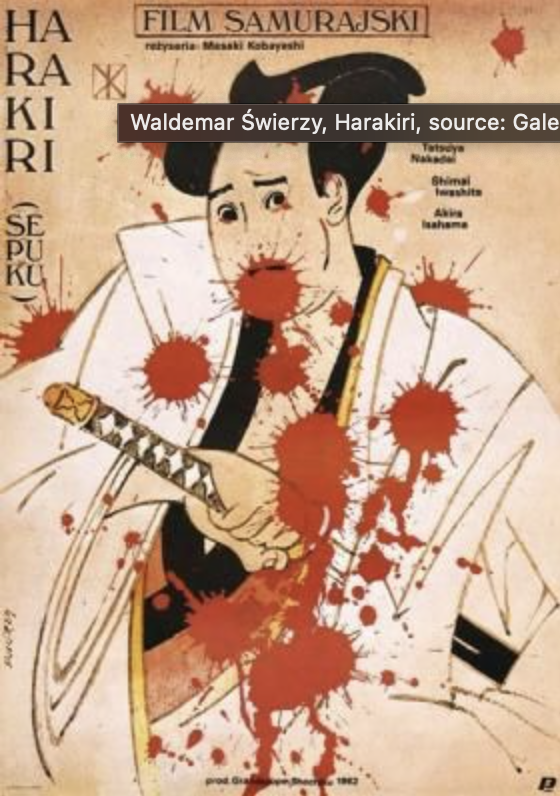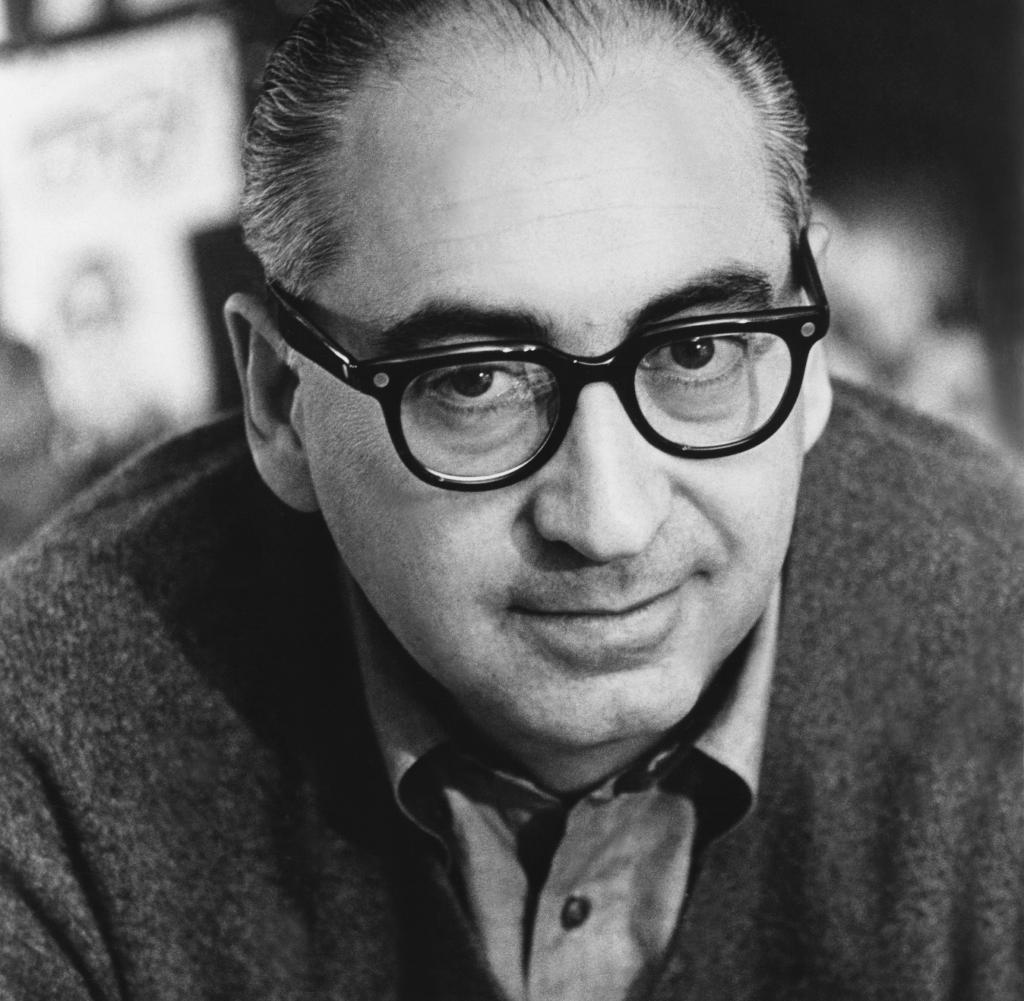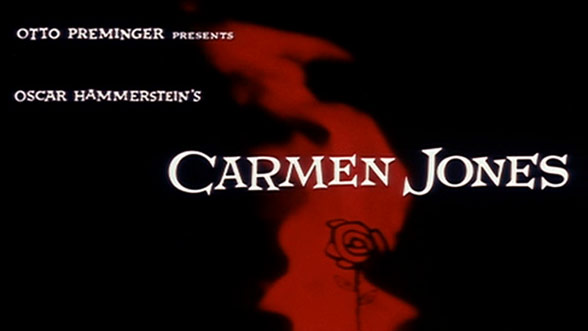
She is a designer, typographer illustration, and writer. She grew up in BC, and has her current office on an island off of Vancouver. She started her career as a book typesetter, she then went on to co-found a design studio called Digitopolis. Currently, she now works as a freelance designer and artist.
She published a book called I wonder and it was shortlisted for the British Design of the Year. She has since been published over 100 times in book books and magazines (Marian Bantjes,2022).
In her work, she relies on an underlying structure. She then builds off of it to create a natural flow within her work. This is shown in the image below. She establishes the text at 3/4 of the pages and uses verticals to structure the title as the main focal point. She then breaks away from this structure for a more dynamic visual.
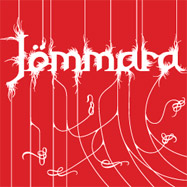
Her type often has a lot of ornamental features. She often works with patterns and repeating shapes as seen in the example below.

Her designs are versatile and her work often incorporates all of her interests. meaning that she blends her illustrative and typography skills in a lot of her work. Her illustrative work often spans into the patterned paper design and card stock. This makes use of her repetitive patterns and shapes that are often used in her work.
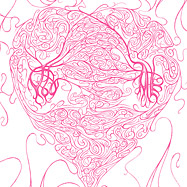
Works cited:
Marian Bantjes. 2022. About – Marian Bantjes. [online] Available at: <https://bantjes.com/about/> [Accessed 21 April 2022].
Images from


